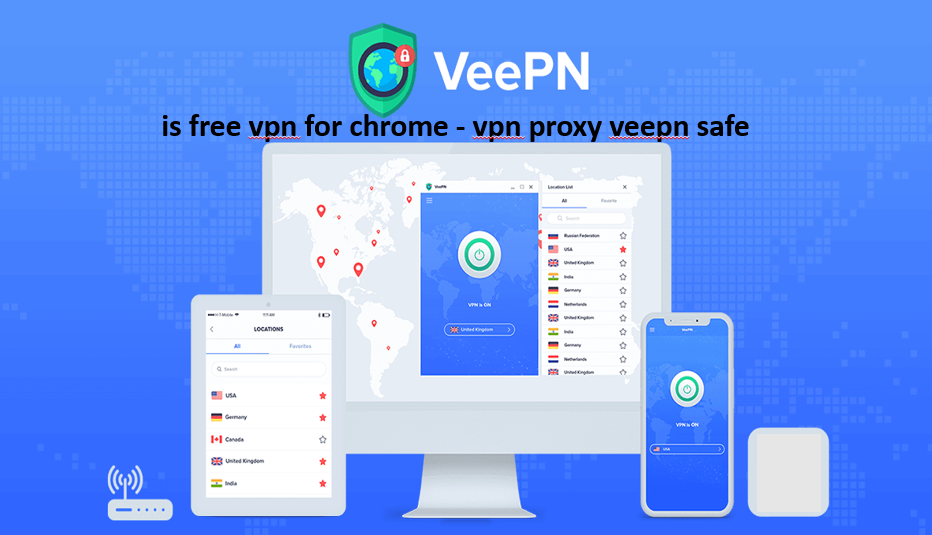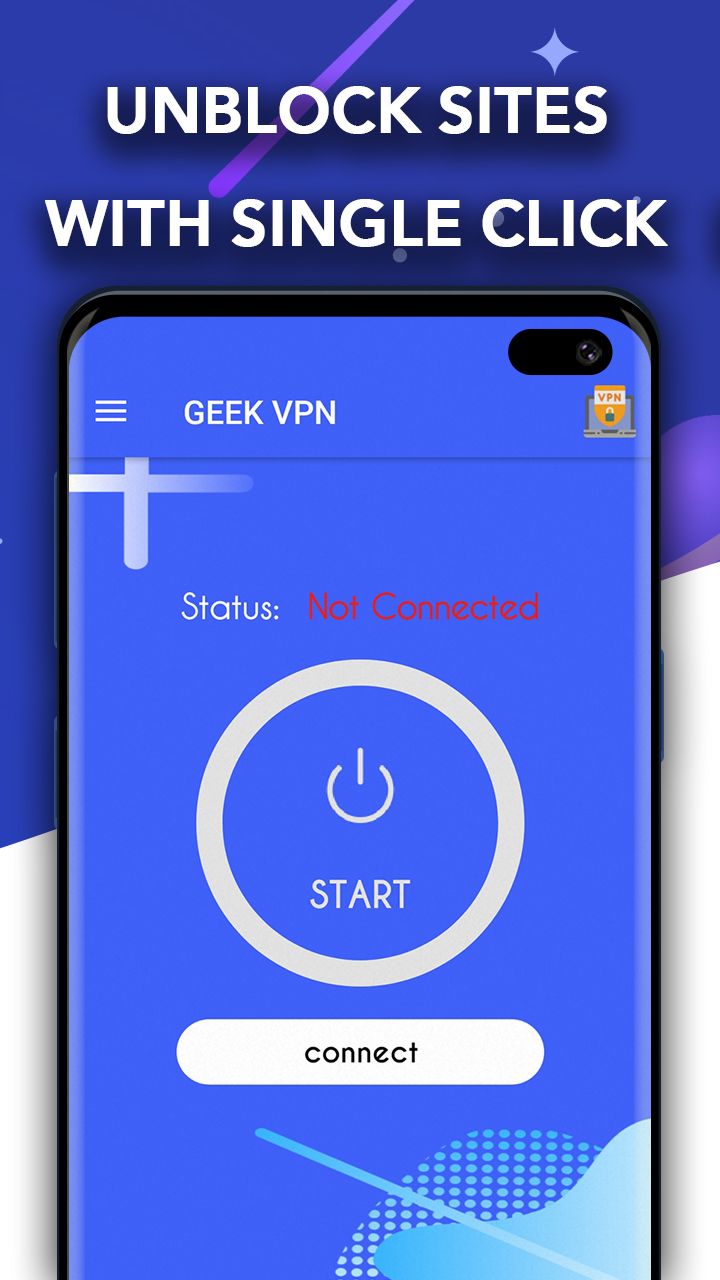

If you’ve ever used a proxy service, chances are that you’ve had experience with HTTP proxies. Here are the types of proxies you can find and use. However, they’re built upon the same base, with a few slight differences between them. When talking about proxies, it’s vital to mention that not all of them are the same. Proxies, for one, do not encrypt your traffic, and two, they’re affecting only a small portion of the traffic coming from a single app, be it a browser or a torrent client, for example. In other words, this part of the traffic isn’t secured and anonymized, so your privacy is still exposed. This means that all other incoming/outgoing traffic in other apps and processes is NOT affected and is still using your native IP address. One thing you’ll immediately notice is that this proxy affects only your traffic inside the browser.

Take a typical proxy as an example – the one you can Google search and access from the first page of results.

The trick, however, is that proxies have a limited area of effect if we can call it that because it doesn’t secure your entire connection. In this case, the site sees the IP address of that remote server rather than your original IP address which is hidden in this process. Once you connect to a proxy server, you take on an IP address from that server, which is used to access the website you want. Think of it as a machine in the middle that hides your original IP address and lets you visit the site you want. As said, proxies present a “middleman” or an intermediary server between you and the website you want to visit.

Let’s first start by explaining what is a proxy service.


 0 kommentar(er)
0 kommentar(er)
